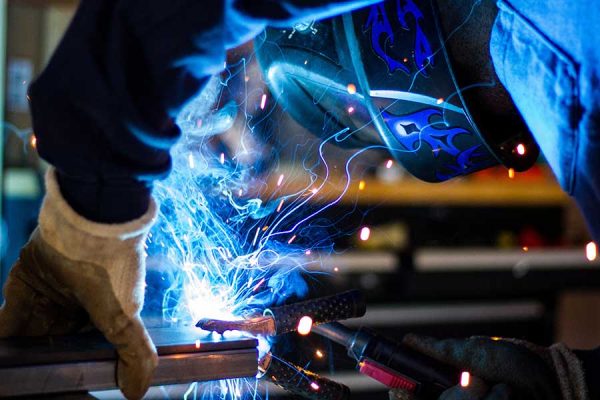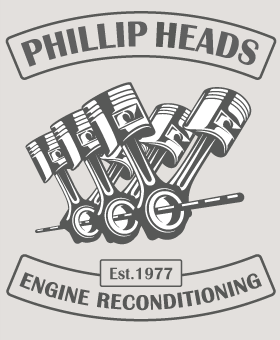Alloy Welding
Alloy welding is a popular technique used in the automotive industry for repairing engine parts, including engine blocks, heads, and other components. Alloy welding is ideal for repairing damaged or worn engine parts, such as cracked engine blocks, damaged cylinder heads, or other components.
Welding alloy metals is a specialised welding technique commonly used in the aerospace, automotive, and manufacturing industries to create strong and durable metal structures. Alloy metals are a combination of two or more metals, each with different properties, that are combined to create a metal with specific characteristics.
One of the benefits of alloy welding is that it can be used to repair engine components that would otherwise be expensive or difficult to replace. For example, repairing a cracked engine block can be more cost-effective than replacing it with a new one. Alloy welding can also be used to repair other engine components, such as cylinder heads, intake manifolds, and exhaust manifolds.
Another benefit of alloy welding is that it can be used to strengthen engine components, improving their performance and durability. For example, alloy welding can be used to reinforce cylinder walls, increasing the engine’s ability to withstand high temperatures and pressures. This can improve the engine’s performance and longevity.
In addition to engine repair, alloy welding can also be used for engine modification. For example, alloy welding can be used to modify engine heads to increase their airflow and improve their performance. This can be especially useful for high-performance engines or racing engines that require specialised modifications to achieve optimal performance.

Several welding techniques can be used to weld alloy metals, including gas tungsten arc welding (GTAW), gas metal arc welding (GMAW), and shielded metal arc welding (SMAW). Each of these welding techniques has advantages and disadvantages, and the choice of welding technique will depend on the specific application.
One challenge of welding alloy metals is that they can be prone to cracking and distortion during welding due to the thermal properties of the different metals. To prevent cracking and distortion, welders must use preheating techniques and control the cooling rate of the metals after welding.
Alloy welding is an effective technique for repairing, modifying, and strengthening engine components, including engine blocks, heads, and other parts. This technique can be used to repair damaged or worn engine components and modify engine components to improve their performance.
It is important to note that alloy welding should only be done by a professional welder or engine builder with experience in this technique. Improper alloy welding can result in engine failure or other safety issues. A professional welder will have the necessary expertise and equipment to perform alloy welding correctly and safely.

